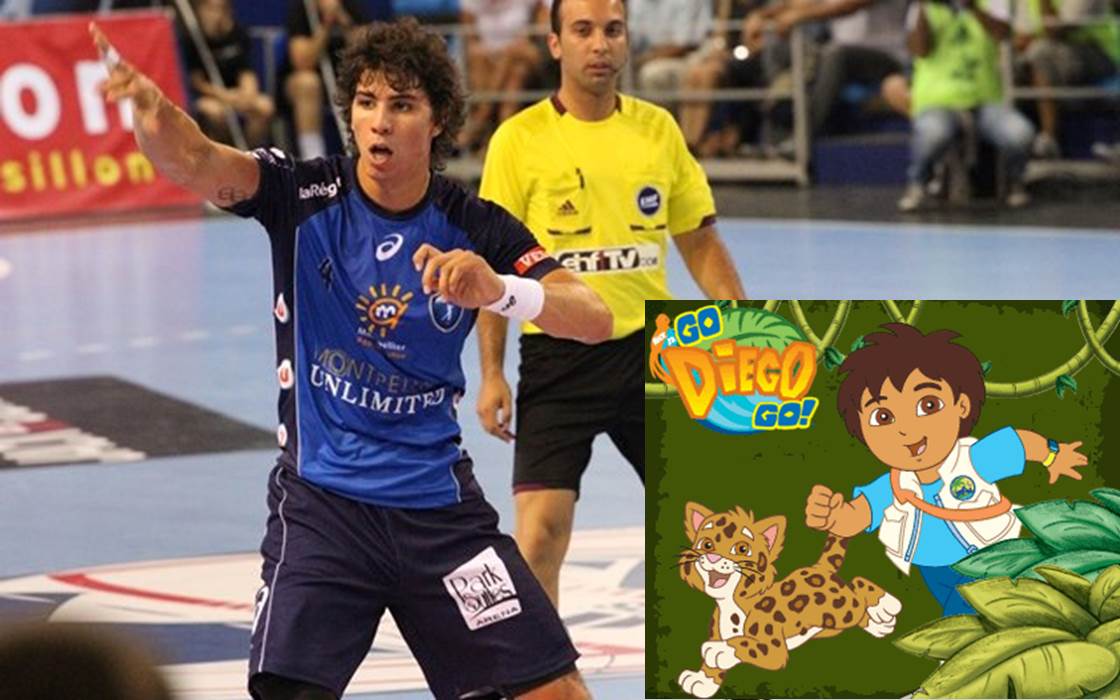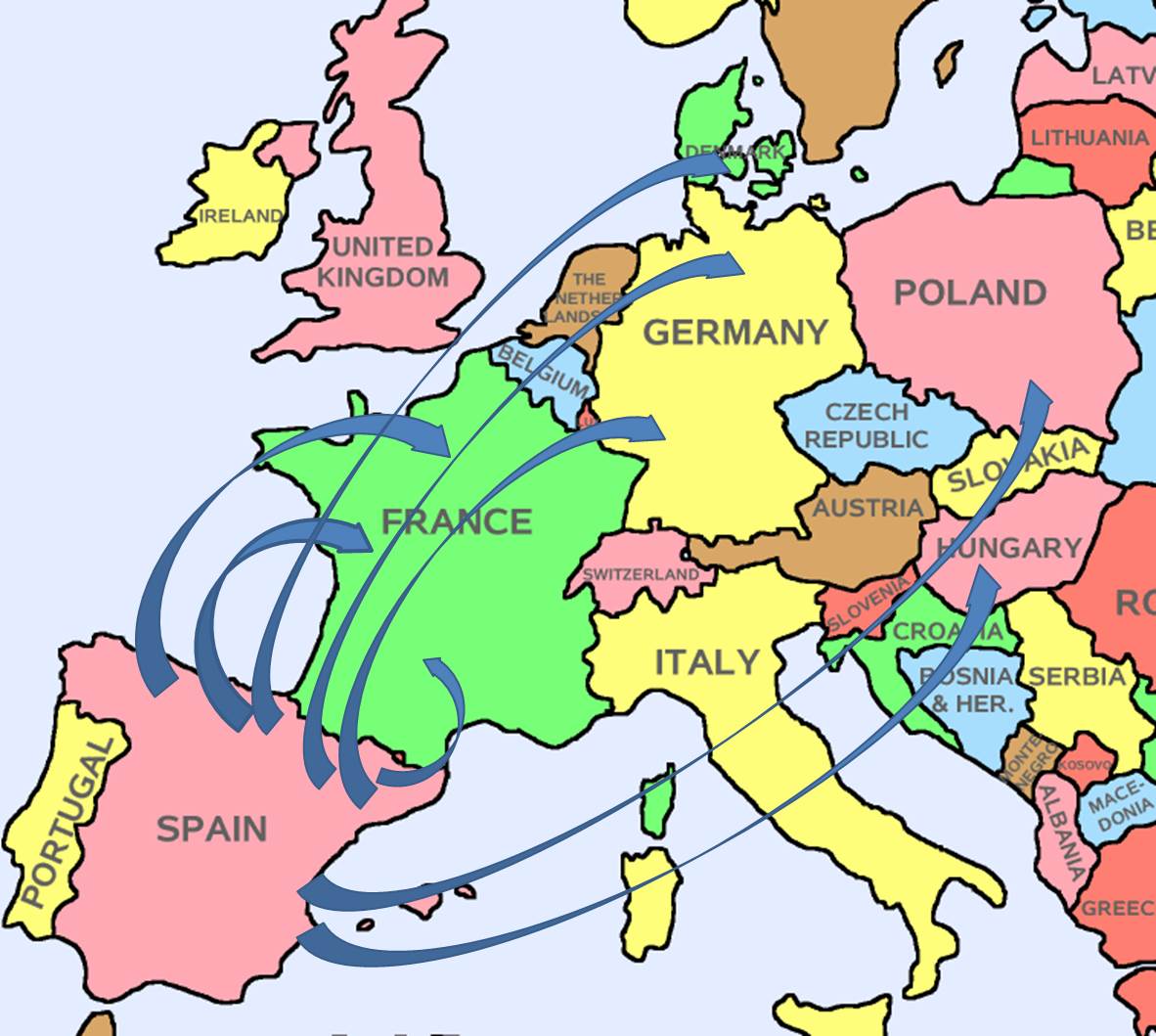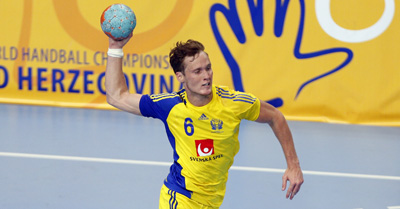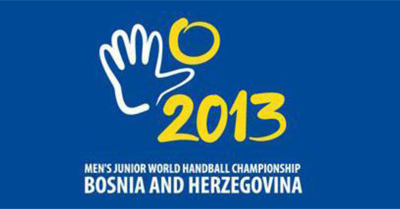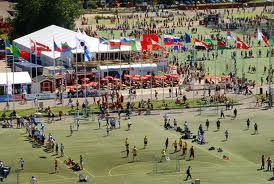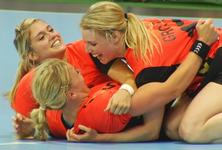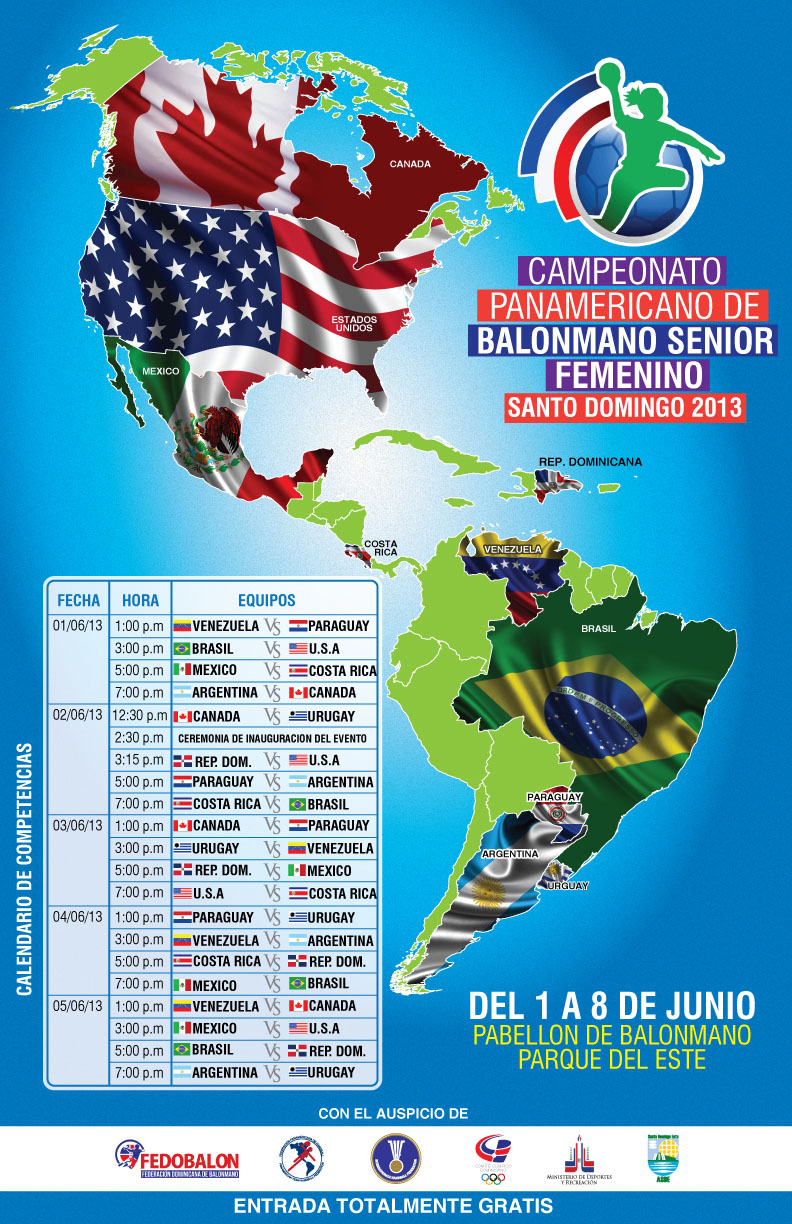
Candidate Thomas Bach together with his strong supporter Sheikh Ahmad
In mid-September, the eyes of the sports world will be on the IOC Congress in Buenos Aires, where the organizer for the 2020 summer Olympic Games will be decided. The remaining candidates are Istanbul, Madrid and Tokyo, after Baku and Doha were eliminated in a preliminary round. Madrid is trying for the third time, but one wonders if the current economic situation of Spain will make the IOC decision-makers hesitating about taking the risk of giving the event to Spain. Istanbul would be an enticing choice, given Turkey’s ‘bridging’ position in a geographic, political and cultural sense. But have the very recent disturbances there undermined their chances? So could it be that Tokyo, which hosted the 1964 summer Olympics, might become the safe choice ‘by default’!?
However, as I see it, the more important decision, with a longer-term impact, will be the selection of a new IOC President to succeed Jacques Rogge. The Belgian, an Olympic yachtsman, is no longer eligible for re-election, after serving for a 12-year period. In some sense, I am perhaps contradicting myself, when I attach such importance to this position. After all, I have often suggested that the IOC is mainly the organization running the Olympic Games, rather than living up to its potential role of really being the overarching and monitoring entity in relation to all the International Federations for individual sports and the National Olympic Committees. The IOC could, and in my view should, do much more to ensure good governance and ethical behavior in international sports, especially as the IOC frantically insists on autonomy, i.e., freedom from scrutiny, for sports organizations in relation to the world around them.
But I still believe that the IOC and its President have the scope for setting appropriate trends and ensuring a positive development for the sports movement globally. So I always want to hold out hope that a new President will be able and willing to act forcefully and exert an influence which will be beneficial to both athletes and sports fans, as modern life brings new challenges and demands. There is a tough competition for resources and media exposure, while at the same time we are subjected to negative influences in such forms a doping, match-fixing, and general corruption. Political pressures will also remain strong, not the least when it comes to decisions about hosting Olympic Games and other major events. The trend where only those with unlimited resources or unconstrained political power will have a chance, Russia and Qatar being recent examples, is a worrisome one. So it will take a strong person with real character to gain control as IOC President.
Six candidates have emerged, and they very recently presented ‘election manifestos’, or program statements, in connection with an IOC gathering in Lausanne. The candidates are, in alphabetical order: Thomas Bach (Germany), Sergei Bubka (Ukraine), Richard Carrion (Puerto Rico),Ser Miang Ng (Singapore), Denis Oswald (Switzerland), and Ching-Kuo Wu (Taiwan). Bach, Carrion, Oswald and Wu are veteran IOC members with more than 20 years of service, while by contrast Bubka is a relative newcomer after his distinguished career as a pole vaulter. Bach and Oswald are also Olympic athletes. I will not here try to comment on their individual background and merits. There may be time for that as we get closer, and you will easily find sources in the media. But from a handball standpoint, it may be of special interest to focus on the candidacy of Bach, who also seems to be the clear favorite at this time.
I have commented in earlier articles, that the IHF President regrettably does not seem to be held in very high regard in IOC circles, contrary to what he often tries to claim. He has managed to put people off, in part because of his persistent and not so elegant efforts to find a way to become an IOC member himself, but in part because of scandals that have not gone unnoticed among IOC members. Rogge commented to media in a conspicuously negative way about the discoveries of some of the IHF President’s business dealings and ‘concerns’ regarding the handling of bidding for TV contracts.
But especially the disastrous matter of the Korea-Kuwait qualification game for the 2008 Olympics caused public reactions from highest level in the IOC. At that very same time, the IHF President tried to reassure his Council, in efforts to prevent appropriate action, that ‘his special contacts’ in the IOC really did not think the whole matter was such a big deal. And the one IOC member he often mentioned was none other than Bach, something which he found important as Bach represents such an important handball country. Of course, it was never really known to IHF Council members what Bach in fact might have thought and said… It is then also of interest that, together with the IHF President himself, the main culprits in the Korea-Kuwait matter was the Kuwaiti president of the Olympic Council of Asia, Sheikh Ahmad, now also a holder of the powerful position as President of the Association of National Olympic Committees (ANOC).
It is not surprising that most of the experts who follow IOC matters, and now especially the election campaign, describe the Sheikh as the ‘power player’ or ‘puppet master’ behind the scenes (or often quite openly). But what might seem strange to some is that the Sheikh is not promoting one of the two Asian candidates for the presidency. Instead, he is very forcefully pushing Bach as his favorite. Some speculate that the Sheikh wants to remain the top Olympic figure in Asia, so he might not then want to be overshadowed by an IOC President from his own continent. Also, he is shrewd enough to realize that his own position of strength is likely to require a strong alliance with the Europeans.
To provide some symmetry, Bach is known to have important business interests precisely in Kuwait. Now, this alliance between Bach and Sheikh Ahmad might not in itself be awkward, even leaving aside what is known about the Sheikh’s reputation. But when one starts seeing that Bach is far from an uncontroversial person even in his own country, then one might begin to wonder. For instance, it has been noted that Bach can be seen as a protégé of two persons whose reputations are not exactly snow-white. One is the former IOC President Samaranch, and other is Horst Dassler, son of the Adidas initiator Adi Dassler and founder of the ‘corruption giant’ ISL, the company in the middle of all the scandals involving FIFA. And Bach himself has often been described as ‘extremely ambitious’ and obsessed with the IOC Presidency.
So while Bach may have his own detractors, and while his backing from the Sheikh may be a negative factor for some people, it is generally seen that having the support of the Sheikh is on balance a clear advantage, whether one seeks the IOC Presidency, some other top position in sports, or the rights to host a really major sports event. Then the question arises: given that the connection between Bach and the Sheikh might be seen as extended into a triangle also comprising the IHF President, and given Bach’s German origin, would his election as IOC President be advantageous for handball, or would one instead be concerned about what the ‘triangle’ says about his suitability?
Finally, if you are interested in matters related to the IOC, FIFA, governance and corruption in sports, and especially if you read German, then I would strongly recommend the web site and writing of the German investigative reporter Jens Weinreich at www.jensweinreich.de I know Jens from occasional collaboration, and he is one of the foremost experts and serious investigators in his field. His research and writing will give you access to much more of a detailed story than I could ever bring you.


